Walking around Security 2019 Exhibition I found myself torn between acknowledging the electronic security industry includes a lot of hardware and recognising the increasing role software and comms paths play in achieving operational outcomes.
Getting a sense of product and technology at Security 2019 was more difficult than in previous years – there was less in the way of radical new releases and more evolution. I felt there was an increased drive towards economy at the show – I don’t mean cheap product but economy through facilitating more efficient operations and smarter product design. This was driving everything from hardware functionality, to communications, to software management solutions.
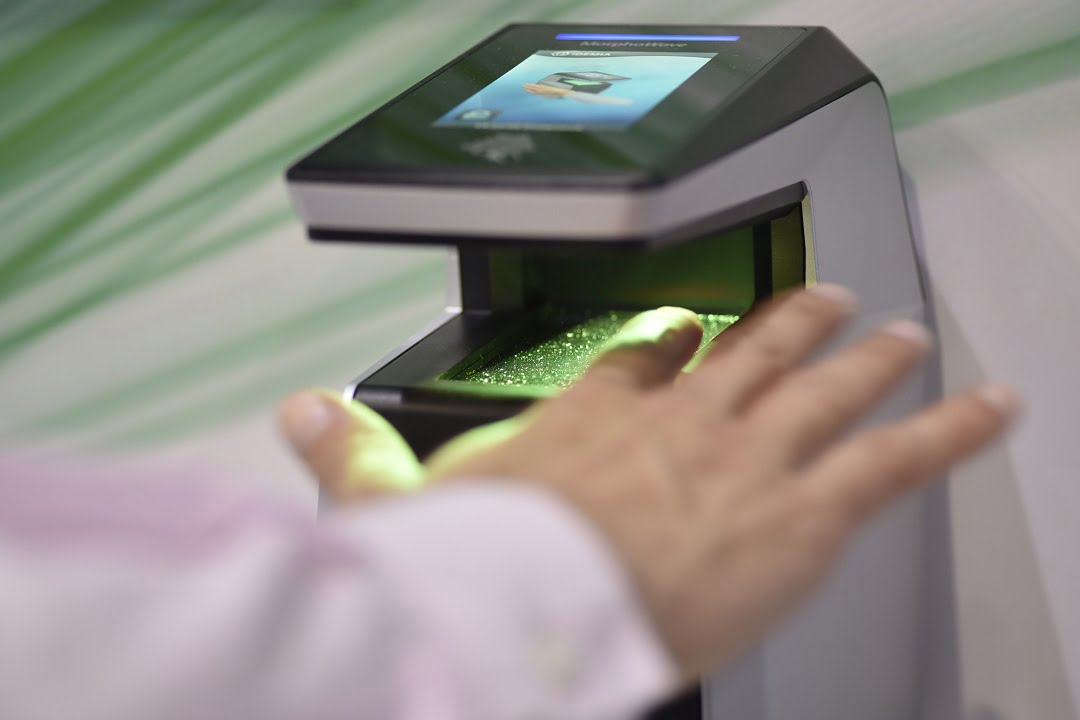
ASIAL’S Best New Product & People’s Choice Award Winner was Lockit Systems’ Keyhound, with Comvision’s Visiotech Body Cam and the Permaconn PM54 comms module taking out joint runner-up awards and Nirovision’s facial recognition solution scoring the People’s Choice Award. These accolades neatly highlighted the current nature of the market, underlining the importance of hardware and comms, the value being placed on software management of IP and more traditional technologies, and the user market’s appetite for operational analytics, like face recognition.
Speaking of face recognition – there’s a technology whose time has come, but come to what exactly remains to be seen. Face recognition teamed with public surveillance is at once desired mightily by end users and law enforcement professionals, and viewed nervously by some members of the public. Regardless, the technology has improved dramatically, and the potential uses are considerable, including fast searches, face matches and hands-free high security access control.
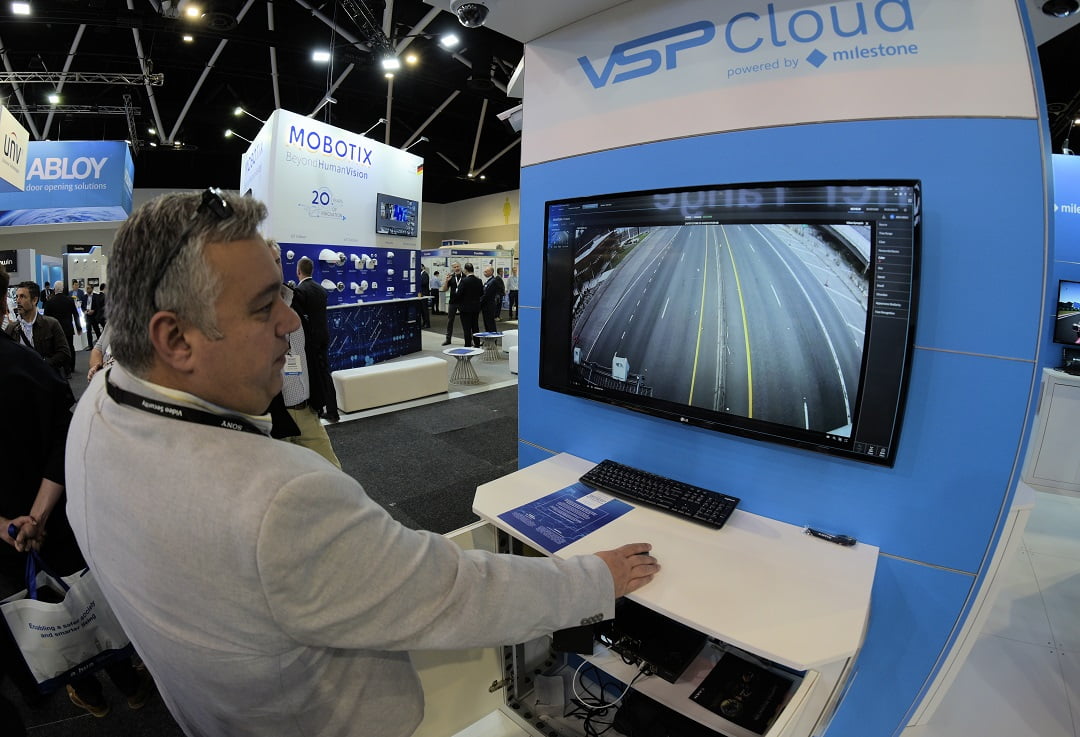
We’ve talked about cloud for years after each big security show and this was an area that showed continuing polish in 2019. One of our favourite solutions of the show was cloud-based and the recent news Alarm.com’s revenues will push up towards $US500 million in 2019 was another signpost. What’s clear is that cloud is coming. What’s less clear is what the profitable business models are going to be. Alarm.com occupies a foundational niche and the solutions of highly respected global manufacturers like DSC, Qolsys and Interlogix feed into it. How other traditional players might successfully plug into cloud remains to be seen.
I also felt a shift within networking – and I mean internet and direct links when I say networking. These changes are coming despite the fact Australia has woeful cable internet performance – we are in 62nd place globally, with an average download speed that sounds suspiciously high on paper – 35Mbps. The world average is close to 60Mbps and the best performer, Singapore, averages 200Mbps. When it comes to mobile, things are better – our average speed is 59Mbps, not far behind top-placed Norway, which averages 68Mbps.
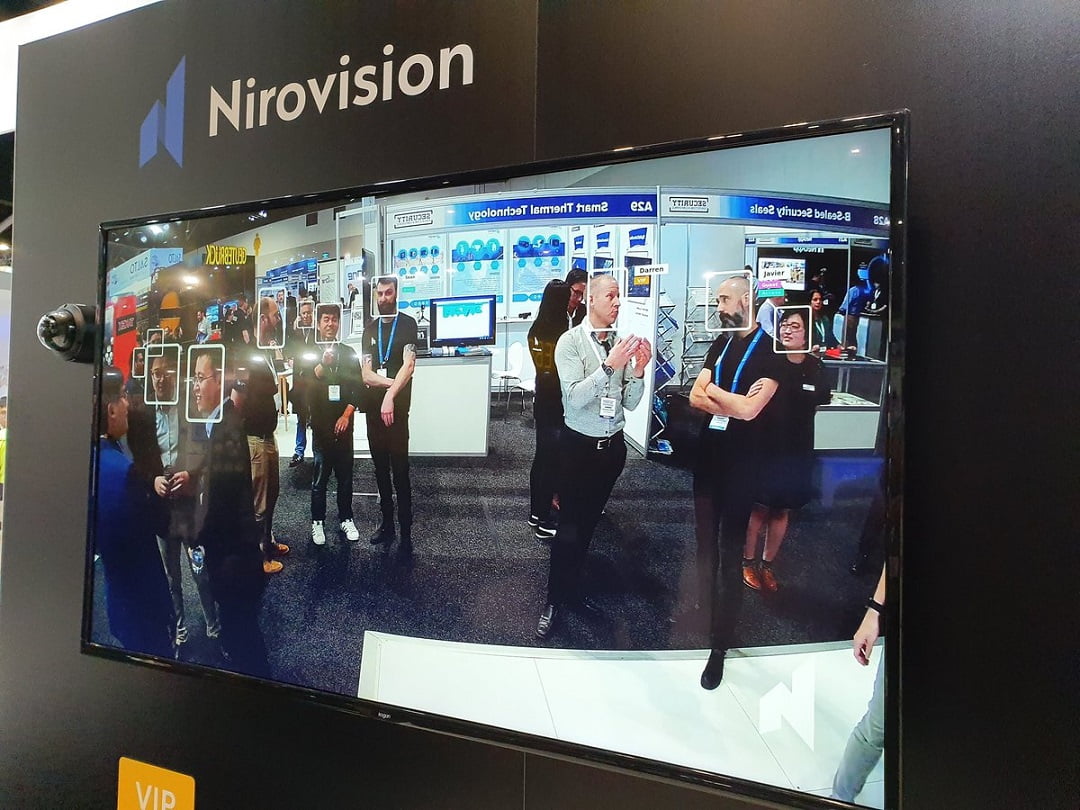
The networking changes are coming in the way businesses small and large are managing their IT requirements, with a sudden tip towards cloud and outsourced network provision. Government departments and major organisations are leading the way, but many SMEs are signing up for NBN and at the same time ditching analogue phone systems and multifarious cloud storage providers and locking into Microsoft 365 for everything they do. You can see this in the revenues of Office 365 which exceeded $US10 billion in 2019 – around one third of Microsoft’s total earnings.
Businesses small and large are piling into cloud and IP-based solutions for good reasons – economy and efficiency. The cloud model reduces the number of costly touches in service delivery, as well as eliminating expensive hardware. Seen in cold light, there’s zero chance electronic security solutions are not going to have a cloud moment of their own. And what’s interesting about cloud and software services is a tendency towards centralisation, towards monolithic organisations that become infrastructure defaults for entire markets.
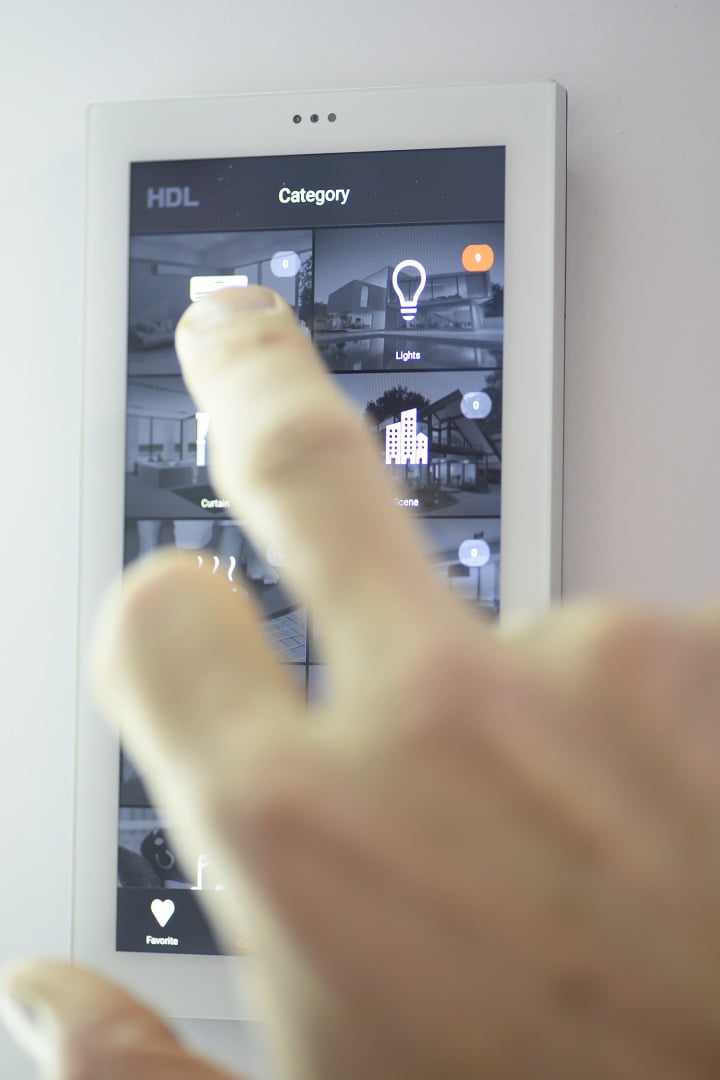
This leads indirectly to something else that was noticeable at Security 2019 – partnerships. A solution we admired last year – the NoahFace biometric access control solution – showed on the Genetec stand, where it can be integrated as part of the wider Genetec ecosystem. Genetec has a history of developing solid software solutions in-house that deliver operational benefits to verticals. But the company’s partnerships with access control manufacturers and face recognition software developers form a partnership case in point.
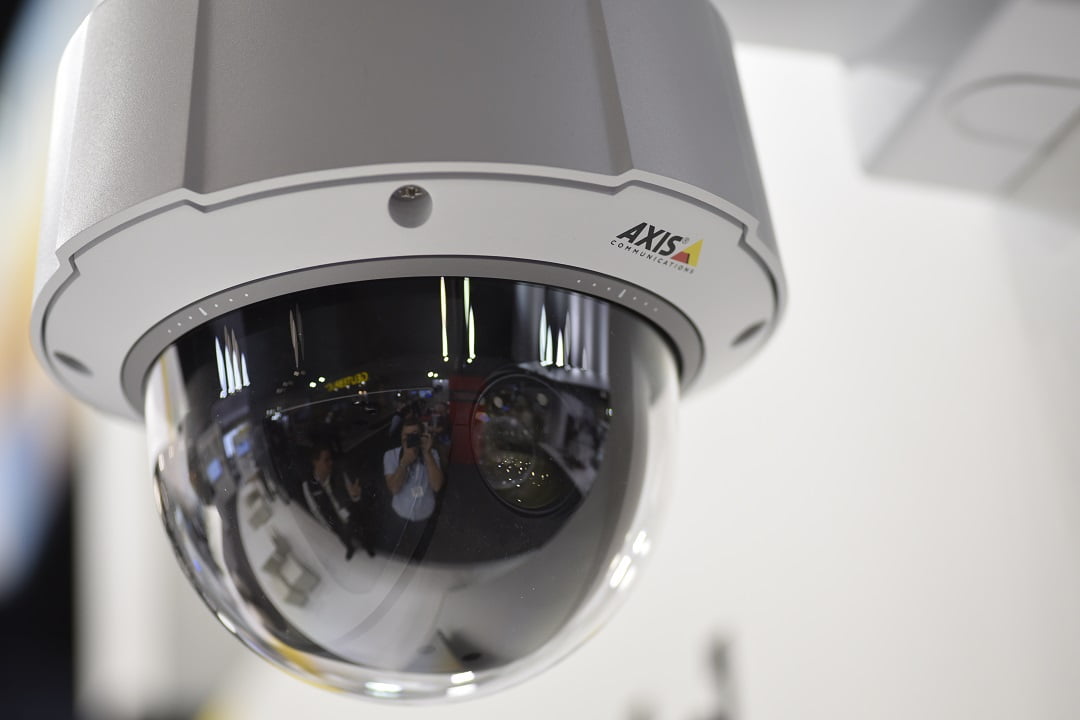
Looking at the market in global sense, the trend to partnerships highlights the importance of integration, underlines the importance of staying up with the demands of an increasingly well-educated end user market and outlines the market’s response to user demand for a seamless future. On multiple stands at the show, partnerships were on display, in most cases in the form of end-to-end integrated solutions where partnerships expressed themselves as integrations between products and systems.
In a real sense, physical security information management has become the conceptual substrate for the product stacks of partners and the more you think about this the more sense it makes. End users chasing efficiency, economy and functionality are looking for systems that deliver single interface situational awareness. Manufacturers and developers who must meet these demands without going open source and breaking business models are responding with symbiotic alliances.
A long-term question is how such alliances will play out and whether collective solutions may fold into over-arching network services as the underlying efficiency trend chews away at the market. SEN sometimes gets accused of chasing shadows with speculations like these, but the impact of fast-changing networks isn’t just visible in the P&L reports of companies like Microsoft and Alarm.com, it’s all around us and argues strongly for a future in which not only networks but electronic security solutions will be handled in entirely new ways.
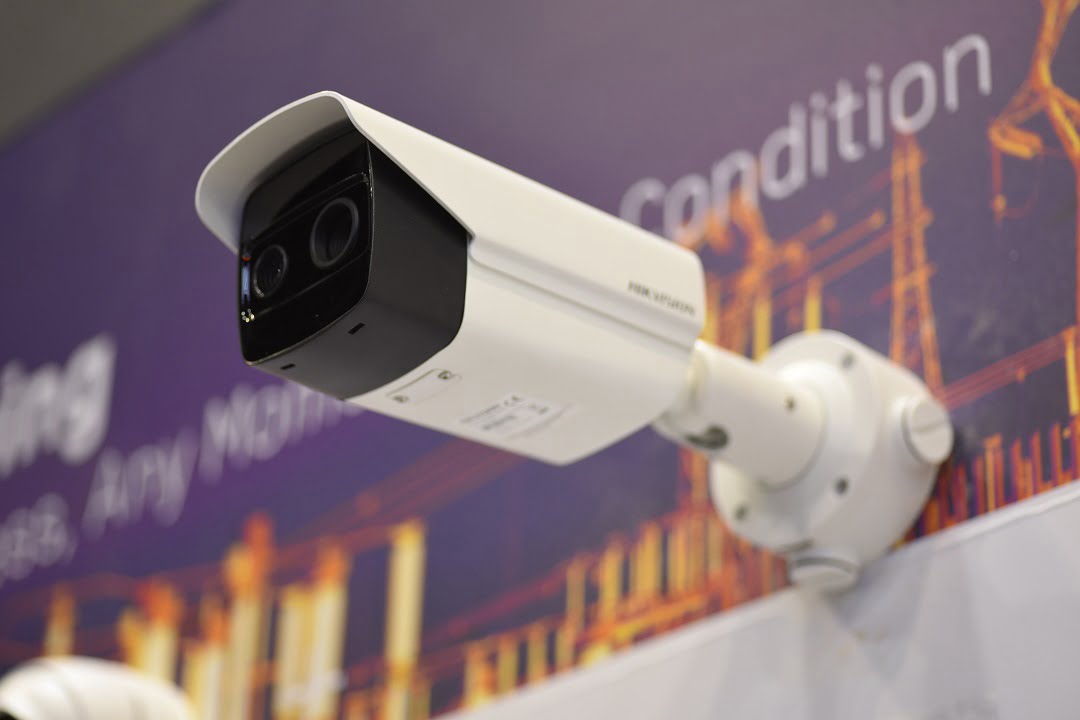
I had conversations at the show during which old-timers said nothing in the industry had changed – perhaps on the surface this seemed right. Electronic security solutions comprise hardware – lots of hardware – and they always will. Sensing, detection, local comms, locking and access control functionality, automated physical site defence and CCTV will always depend on edge devices.
Testing suggests the cheapening of these devices – ubiquitisation if you like – contributes nothing to end users’ operational causes. Cheap sensors and cameras just aren’t as good as better-designed solutions and there’s always room for improvement. What this meant was that walking around Security 2019 there was plenty of the latest versions of familiar gear to be seen. However, when you scratched around it was possible expose the underlying changes.
Walking the Floor
Things that stuck out for me at Security 2019 included face recognition, video intercoms, automation in layers, considerable investment is CCTV cameras designed for quite specific applications; cloud back-ends, including hardware built to run on cloud back-ends, thermal cameras both low end and high end and biometric readers. You can see the hunger for situational awareness, the intensity of its delivery – that applies to apps as well as management solutions. Automation is another part of increasing efficiency and it is being directed at installers and integrators, as well as end users. Networking was another focus.
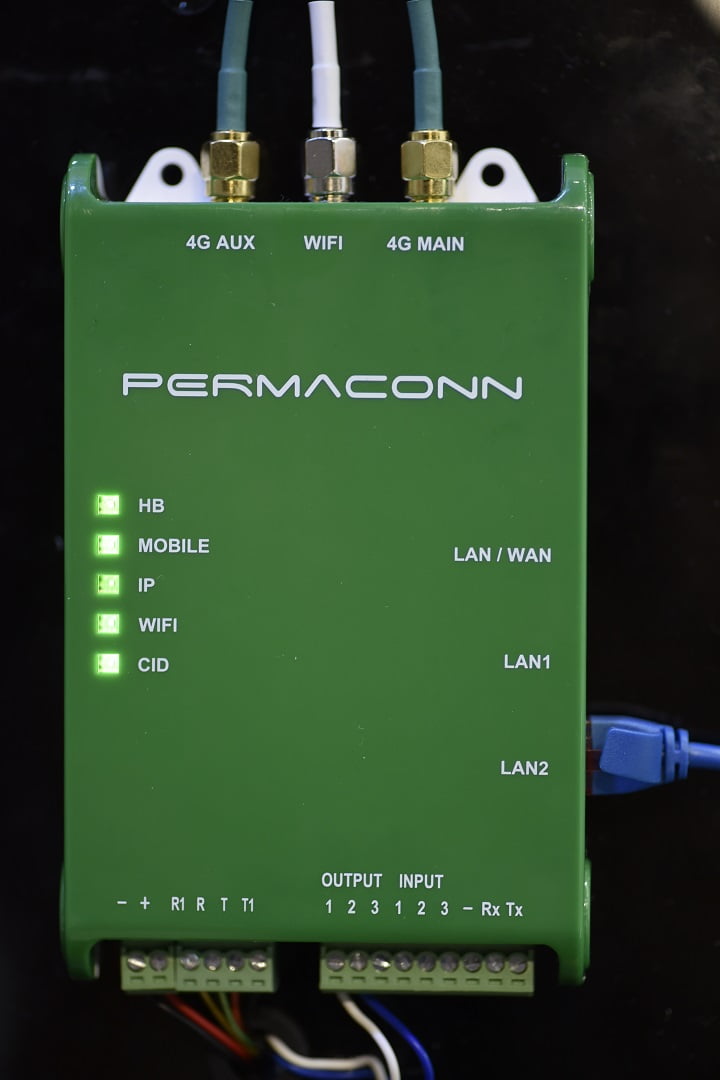
I expected to see the camera as a sensor at Security 2019 and there it was. Again, I think this imperative demands the retention of camera quality. You’re not going to get much out of muddy, blurry image streams that can’t be depended on to inform operators. There are affordable cameras of quality – we were impressed with the Bosch 8000i recently – so don’t imagine quality footage will cost the earth. Security 2019 showed a lot of dedicated cameras – multi-heads, dedicated bullets, thermal and plenty more. Low light performance and H.265 compression were highlights, and there were plenty of big PTZs on show but fewer drones.
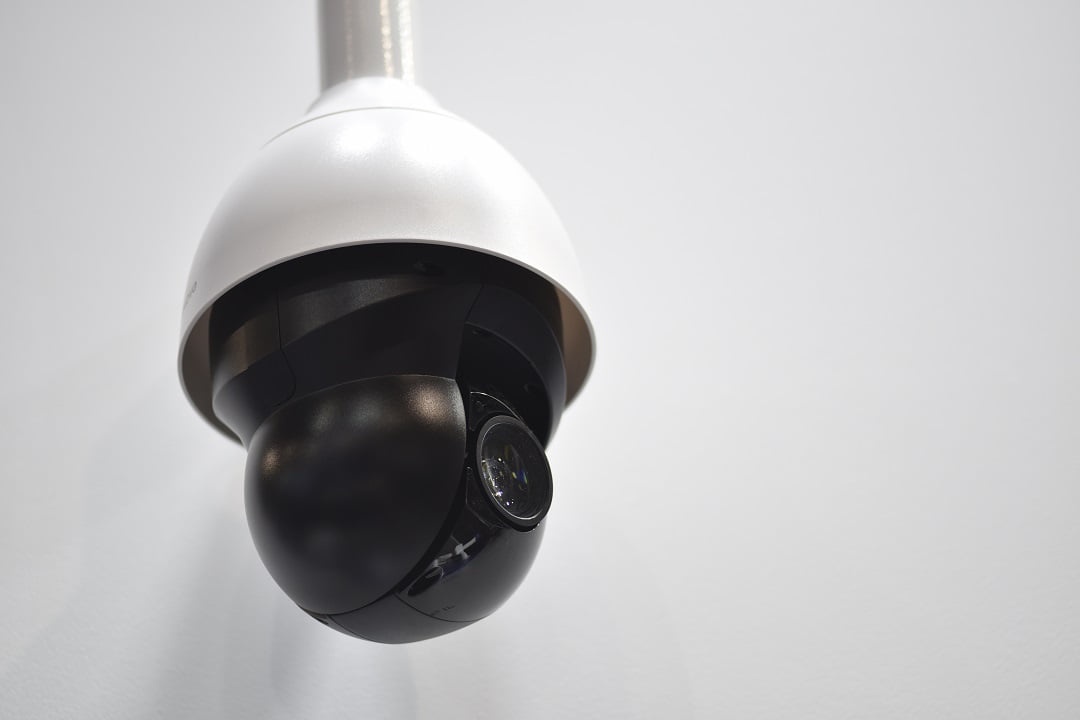
Many cameras incorporated analytics, including face recognition technology. The same technology was to be seen in access control solutions, video intercoms, NVRs, management solutions – it’s really gone mainstream in a way that can’t fail but have an influence on the future of many solutions that require iron clad identity guarantees. I looked at AnyVision and Avigilon at the show, as well as NoahFace with Genetec and Imagus on the Milestone stand. Panasonic FacePRO was another important release at Security 2019. We will bounce off face recognition again later but a key thing this year is that the best algorithms are able to recognise faces in lower resolutions and at surprisingly acute angles. This is breakthrough performance in my opinion – we’ve never seen it before.
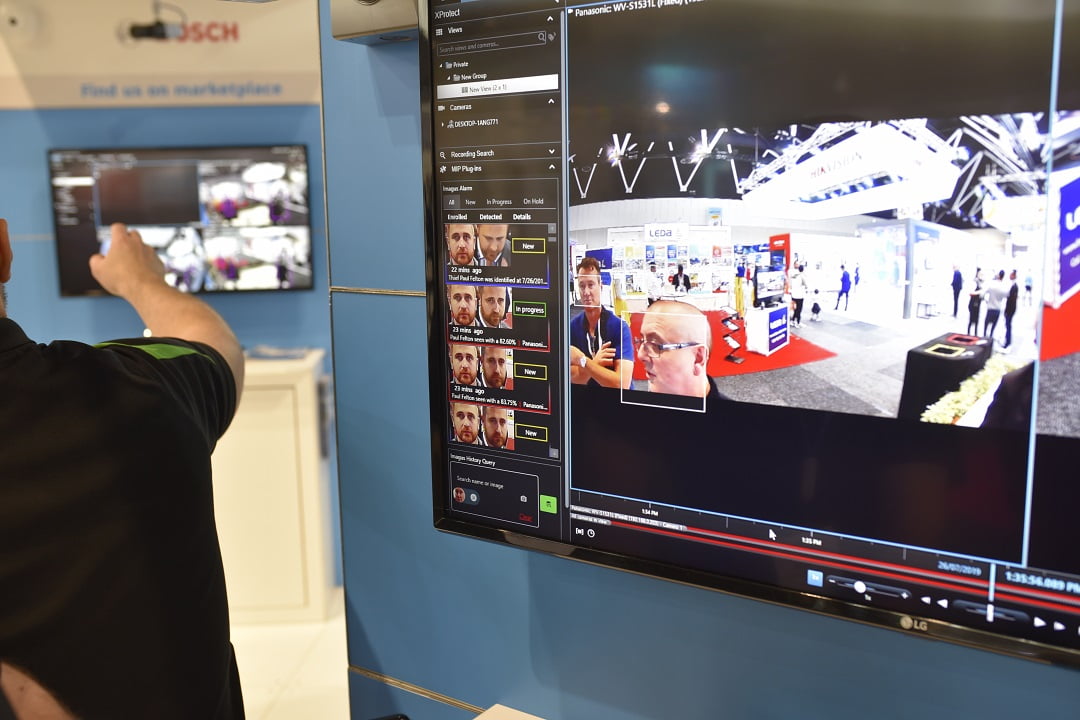
One of the neat things about face recognition is that capable solutions are becoming affordable – even ubiquitous in cameras and NVRs from companies like TVT – and that’s going to drive take up across many applications. More broadly, the hunger for situational awareness is being catered for by server-based and edge-based analytics reporting on things like speed of movement, direction of travel, line crossing – some systems come with rules, others have rules that can be set. The way analytics empowers searches has to be seen to be believed – security managers and operators love it because it saves them so much time.
Axis showed considerable depth in video surveillance – the company was displaying partnerships and diversification in its product range and the 7th Gen ARTPEC chip was probably the highlight. On the Axis stand I saw the P3719-PLE multi-directional outdoor 4 channel camera with Quad HD resolution per channel, capable of covering a 360-degree field of vision, with a frame rate of 30 fps.
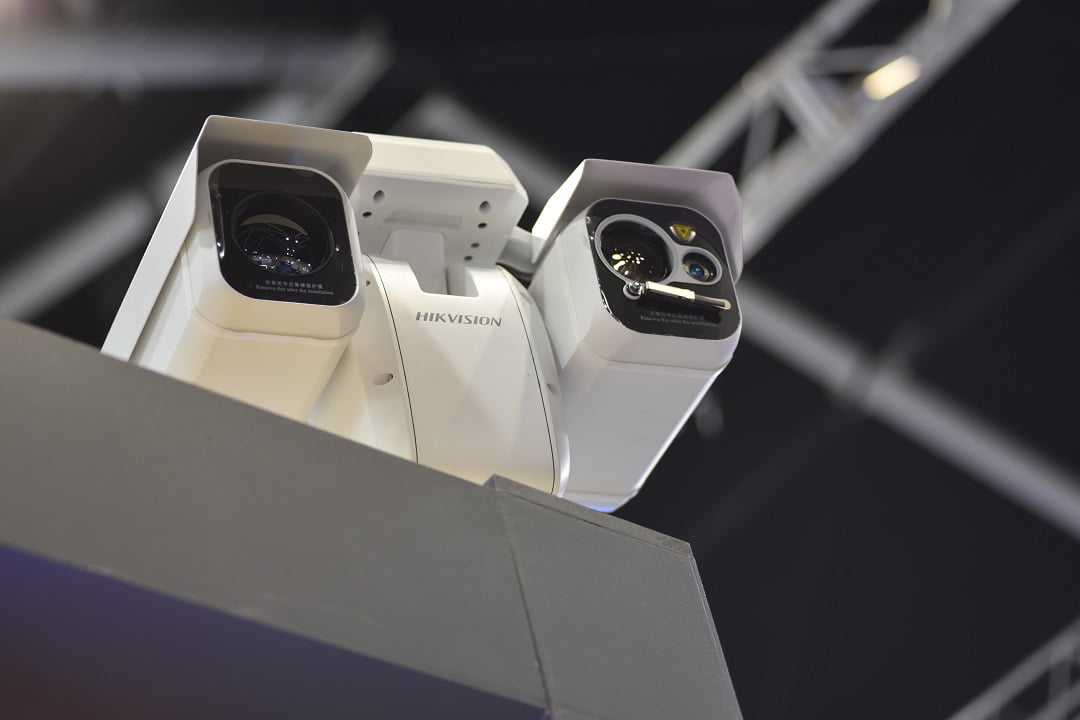
I also got a look at the AXIS Q1700-LE LPR camera, which I’d seen in the control room at EastLink in Melbourne. Axis says this camera can capture clear, high-resolution images at high speeds – and yes, it is. Another neat solution is the AXIS A8207-VE, an advanced door station combining image and audio technologies as well as a media adapter for connecting any speaker to an IP network, the AXIS C8210, which allows analogue speakers to operate as part of a connected network. Axis also showed what looked like an eyeball camera.

There was also a lot to be seen in terms of access control with new solutions on the Hills stand from Tecom and enhancements on established gear from makers like Inner Range and Gallagher. I also got a look at some functions of Genetec Synergis IX I’d not seen before, as well as the latest Pacom Systems’ solutions.
Alarm systems were out in force, too. Everything now has automation capability, a suite of sensors and outputs and app-based management. I was interested in the new Crow Runner 8/16 security and automation panel as well as Hikvision’s expanded sensor range for the Axiom home automation panel. The new devices included radar sensors, keypads and indoor sirens. Will Hikvision have the same impact on the alarms and home automation that it had on CCTV? Maybe, but not yet.
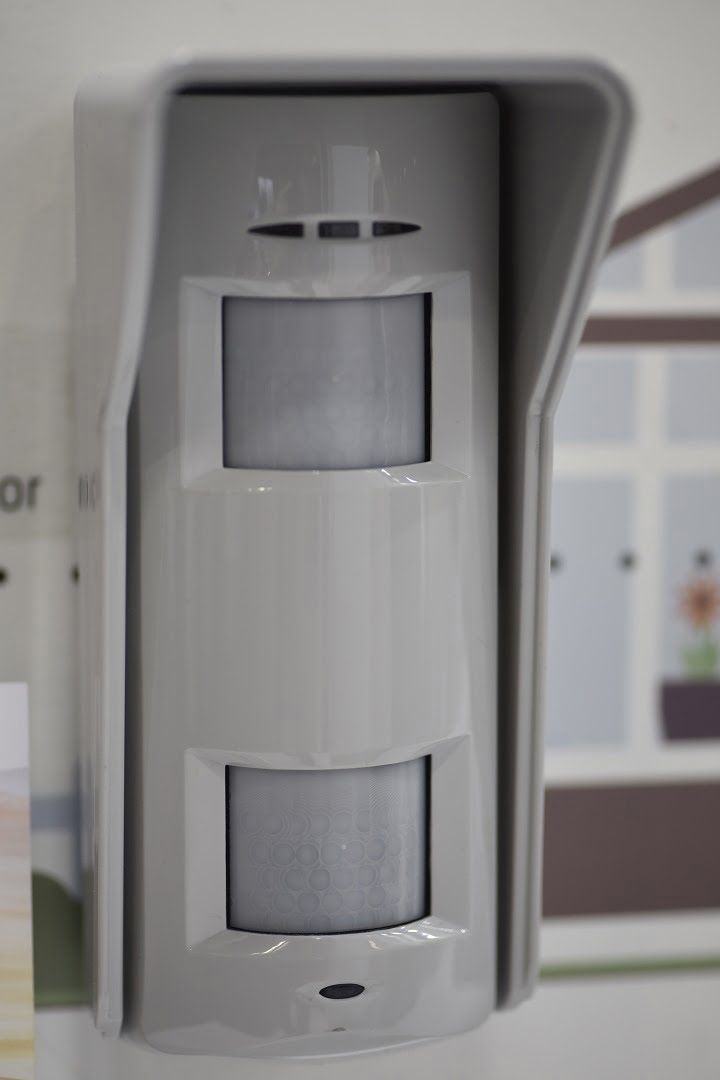
On the Eagle Eye Networks stand I got a good look at the Brivo Cloud-based access control solution with intrusion detection and CCTV integration. Brivo’s Onair rotates around a mobile platform for setup and management of the system, as well as replacement of cards and door readers with a mobile phone. Employees download the Brivo Onair Pass app, which allows them to press a button to unlock any door they’re allowed to access. The app communicates to a database (stored in the cloud), which sends an encrypted signal to the door controller, which releases the door. Use of smart devices allows high security 2-factor authentication to be employed globally via the app.
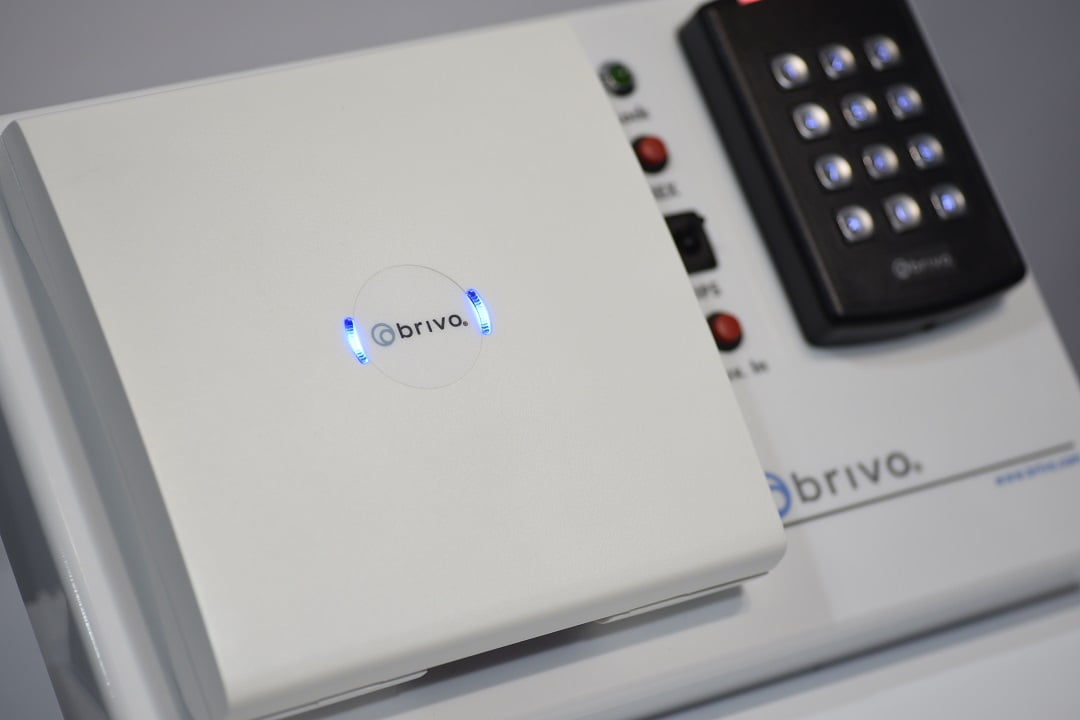
As well as acting as an access credential, the cloud-based interface lets authorised users access their system from a web browser or a smart device running the Brivo Onair Pass app. Onair Pass is pretty neat and lets users manage their access control in real time from their phone. Users can also use the app to schedule access, manage permissions remotely in real time, monitor events, create groups and customize security reports This system scales, too, and can handle 1000 doors, unlimited users and offers unlimited event history, with CCTV footage retained for up to 12 months.
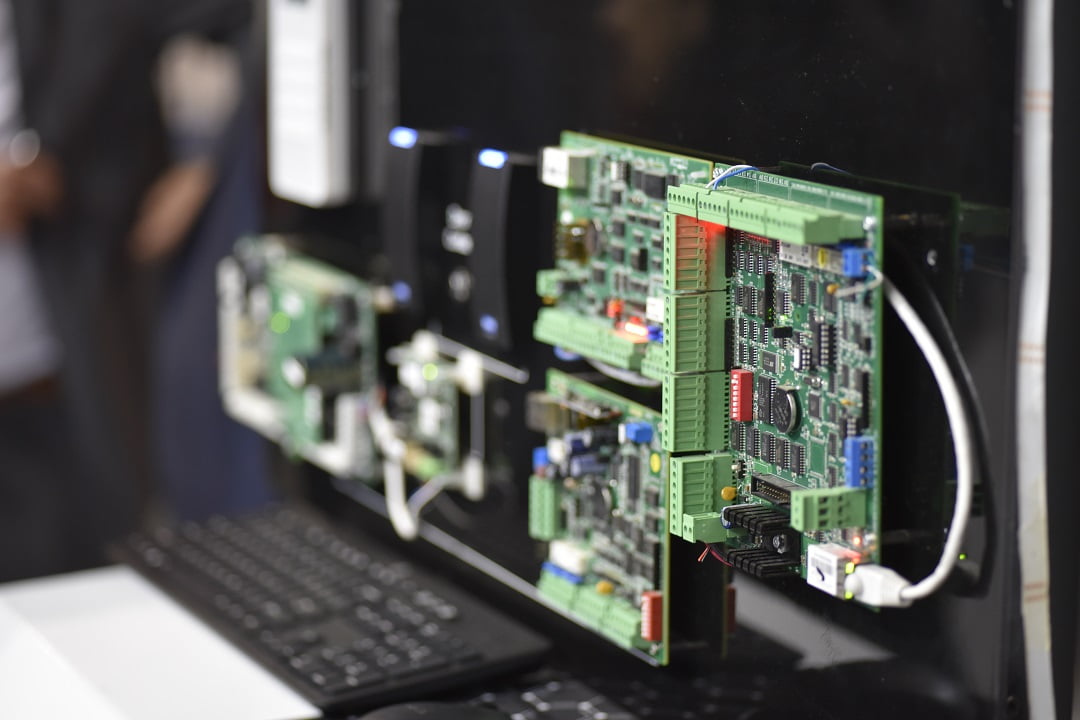
Salto had a busy stand and I took a look at Salto Keys as a service (KS) – cloud-based access control management with no software installation or wiring. This was one of my show favourites in 2019, a signpost solution that really plays to the existing strengths of the Salto system edge design. Salto’s wireless keyways use credentials to collect data instead of cables and using smartphones to take this concept global is a complete no-brainer now they’ve done it.
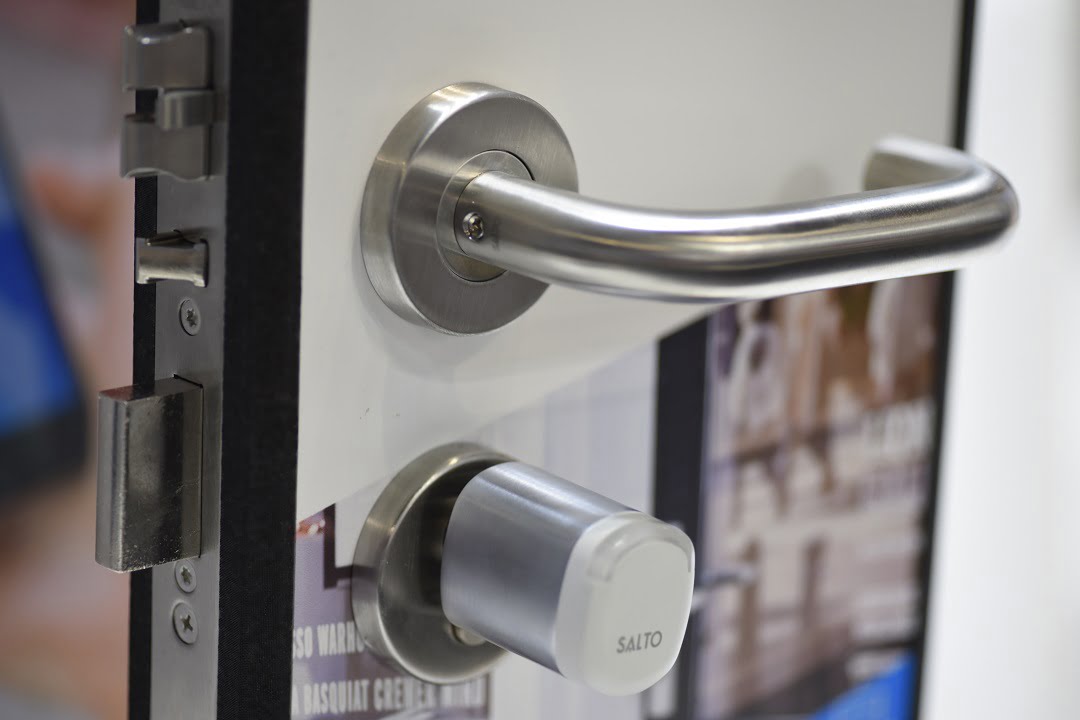
The way KS works is that a smartphone and wireless BLE Bluetooth Low Energy (BLE) lock pair, and the lock is opened via BLE – including at a distance. There’s no need for an active internet connection and the smart device with its 2-factor authentication including a biometric, is more secure than an access control card. Is this what access control might look like in the future? Scalable APIs that allow building and tweaking of an enterprise access control solution from scratch? The end of mechanical keyways? The ability to grant access to groups or individuals for locks or within schedules, the ability to view access events and revoke access on the go? In some cases, yes, it will be.
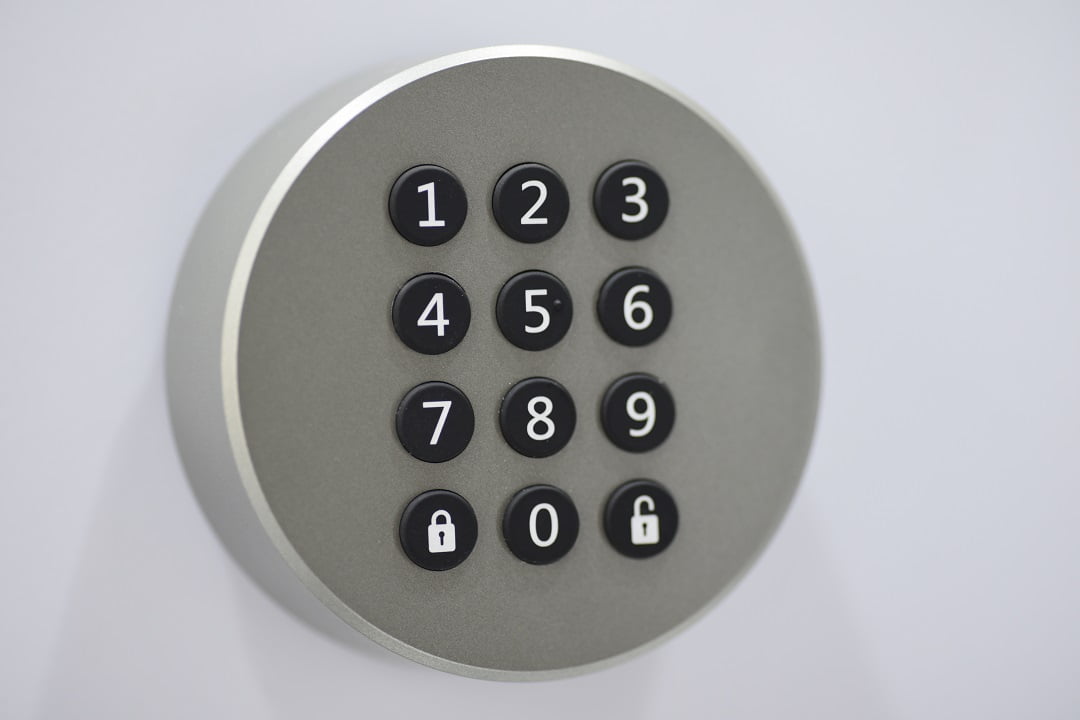
I also liked Salto’s beautifully designed Danalock residential smart locks, which replace traditional keys with an electronic system. Salto also showed its SVN Flex which works with XS4 2.0 systems using BLUEnet wireless management solution, which lets Salto locks update user’s cards when presented to the electronic lock. SVN-Flex increases the number of updating points in a Salto system so data gets around the hybrid online/offline network much faster.
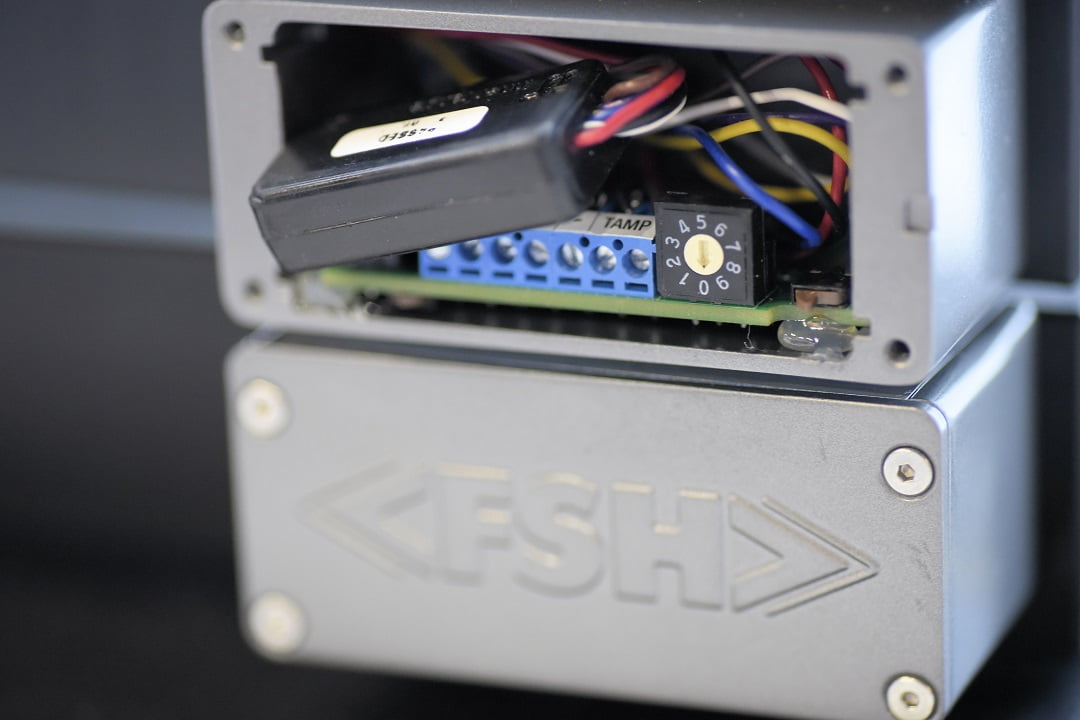
Hills’ showed its new Network Access Controller which connects to software without the need for other panel hardware. On-board storage allows the Network Access Controller to locally store up to 250,000 users and there are more than 10,000 flexible access groups and user-configurable override times on each door.
Another strong release on the Hills’ stand was ChallengerPlus, a 32-door access control solution that’s managed using the open architecture TecomC4 management software and is designed to work with mobile credentials and to mesh with cloud. As well as driving 32 standard doors direct from the control panel, ChallengerPlus can handle 2 standard lifts up to 10 floors and does integration to the UltraSync Cloud. This integration to UltraSync creates a secure external comms path to central stations or control rooms via the on-board Ethernet port at no additional communication equipment or cost.
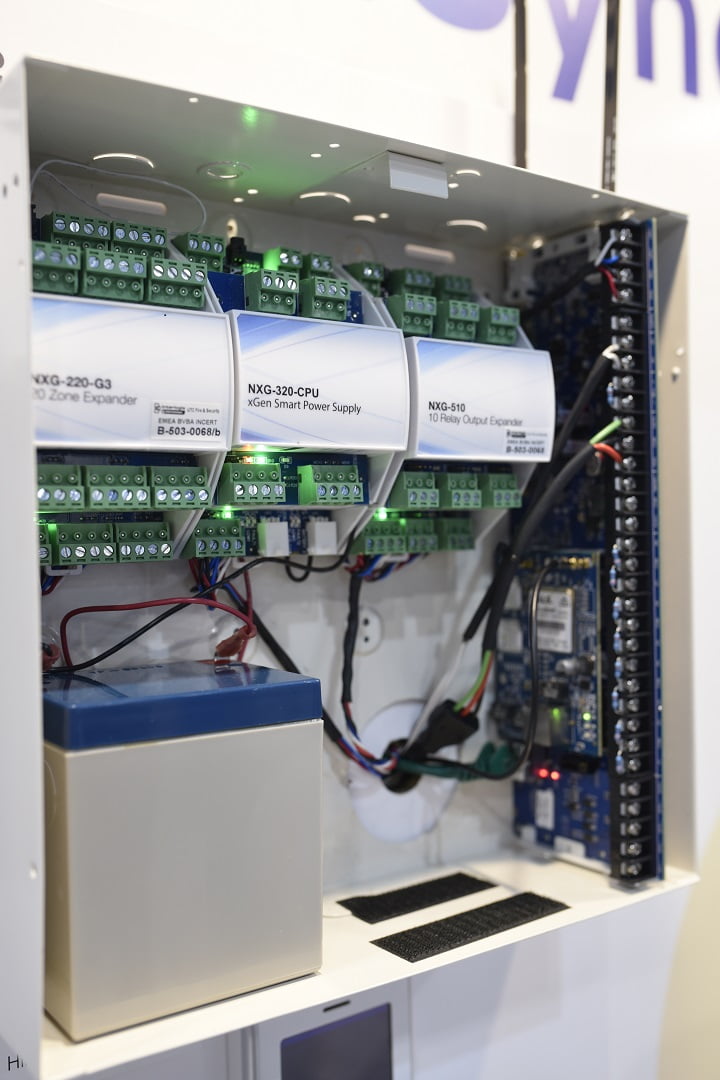
The integration of ChallengerPlus and UltraSync means users can employ the UltraSync+ mobile app, which allows simple and convenient interrogation of ChallengerPlus, receive push notifications, and configure user’s information and more. Using the app, operators can fully configure a panel from any location and send critical instructions to multiple recipients via push notifications in the event of a lockdown or emergency event.
The system supports Network Access Controller, has a dual Wiegand interface and a 4G communications module and there’s UltraSync support for provisioned and non-provisioned mode panels along with cloud-based firmware and software updating. New input types allow twin trip detection and the siren mode can be toggled as horn speaker or a 12v DC output, while the console warning can be restricted to individual RAS’ that use entry/exit timers. There’s remote reset commands from software, user menu to change PIN, improved events and reasons for area secure and access denied, automatic IP address assignment using DHCP and stay mode via app.
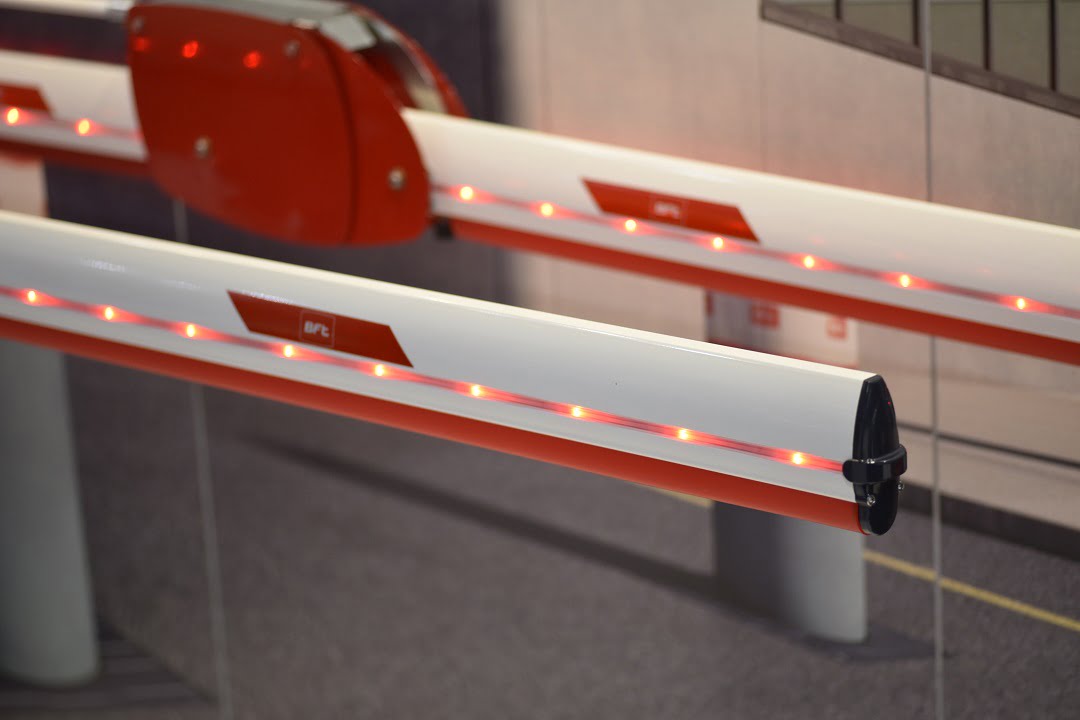
Reliance XRpro also caught. It has onboard IP communication, an optional 4G/WiFi router module, is NBN-ready and offers a monitored path via UltraSync. It’s also Z-Wave compatible, allowing home automation via Z-Wave compatible devices including lights, locks and thermostats, supports camera integration and neat, too, it’s backwards compatible with existing Reliance equipment. The UltraSync+ app, means users can remotely arm and disarm their security system, view live-streaming surveillance videos via IP and lock and unlock Z-Wave powered door locks.
Gallagher’s Security Health Check means uses can run automated checks via Gallagher Command Centre and see system vulnerabilities, assesses the severity of threat they pose, and act on recommendations to mitigate risks and ensure correct system configuration. It also provides a mechanism to compare against earlier audit results to ensure organisations can track improvement over time and better plan system upgrades. Functionalities like this make the tasks of integrators, end users and security network managers easier by protecting core site functionalities.
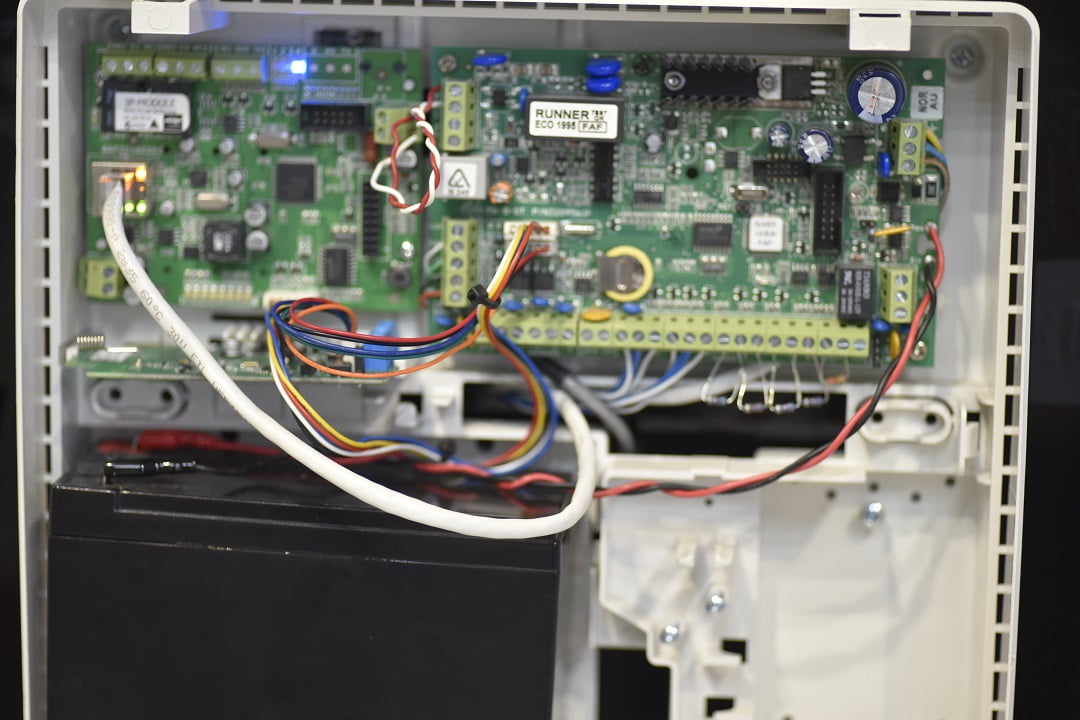
CSM had some interesting new gear including TVT’s face recognition by camera and by NVR. As we’ve pointed out before, TVT’s goal is making CCTV affordable and its face recognition solutions come at very little premium. Features include side face recognition, detecting 10 faces simultaneously, 3-4 faces per second and database hosting up to 10,000 faces. Accuracy rates are significantly increased with ultra-starlight and white light illumination technology. There’s an app that allows you to add faces, search by image or name. As well as capable NVRs, CSM also showed off its TVT’s 2MP StarLight network cameras, vandal domes, turrets, bullets with fixed or motorised long-range lens, white LEDs.
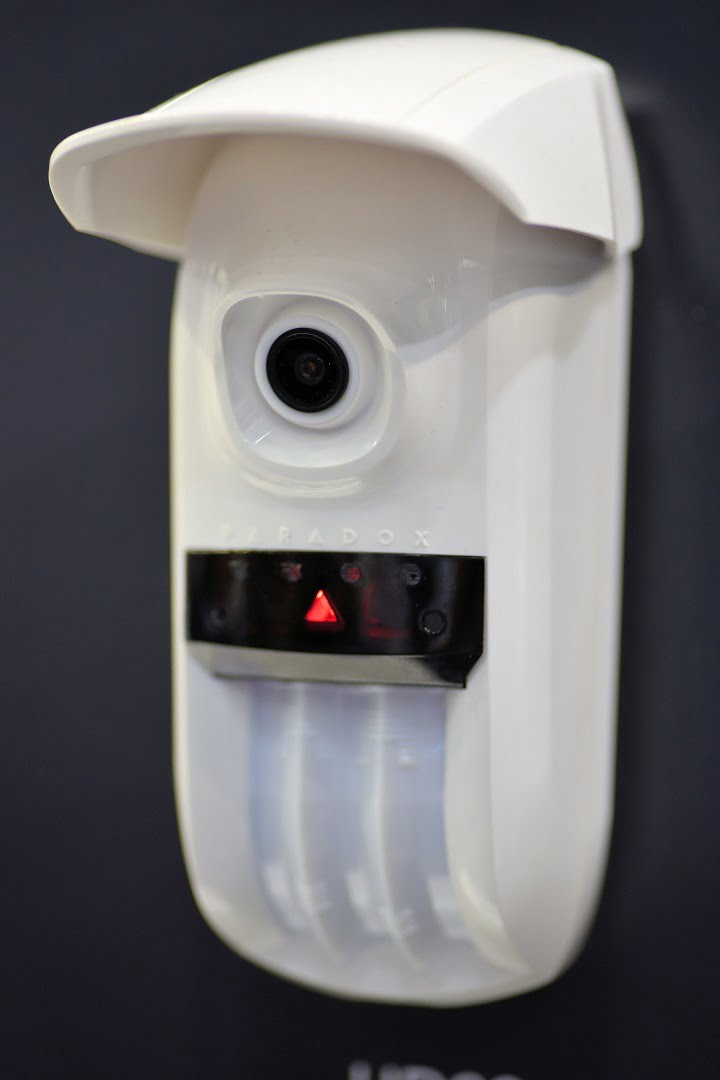
CSD had a big stand and was displaying a huge range of product and partnerships. I checked out the Inovonics MD10 is a Man Down and personal attack wireless transmitter and the Paradox HD series all-in-one motion detector and ethernet/Wi-Fi camera, the integration of Inception and Milestone, which allows you to open any door at any time and simple installation via web browser. I also took at look at the Aetek EPoT long range PoE extenders that expand transmission distance up to 1200m with a data rate of 100Mbps and a 9.7W PoE budget at the transmitter end. Indoor and outdoor options are available, and the outdoor version is protected by an IP67 weatherproof and IK10 vandal-resistant casing as well as a built in PoE surge protection of 6KV. For serious integrators, the Aetek gear is the business – I was impressed with the build quality.
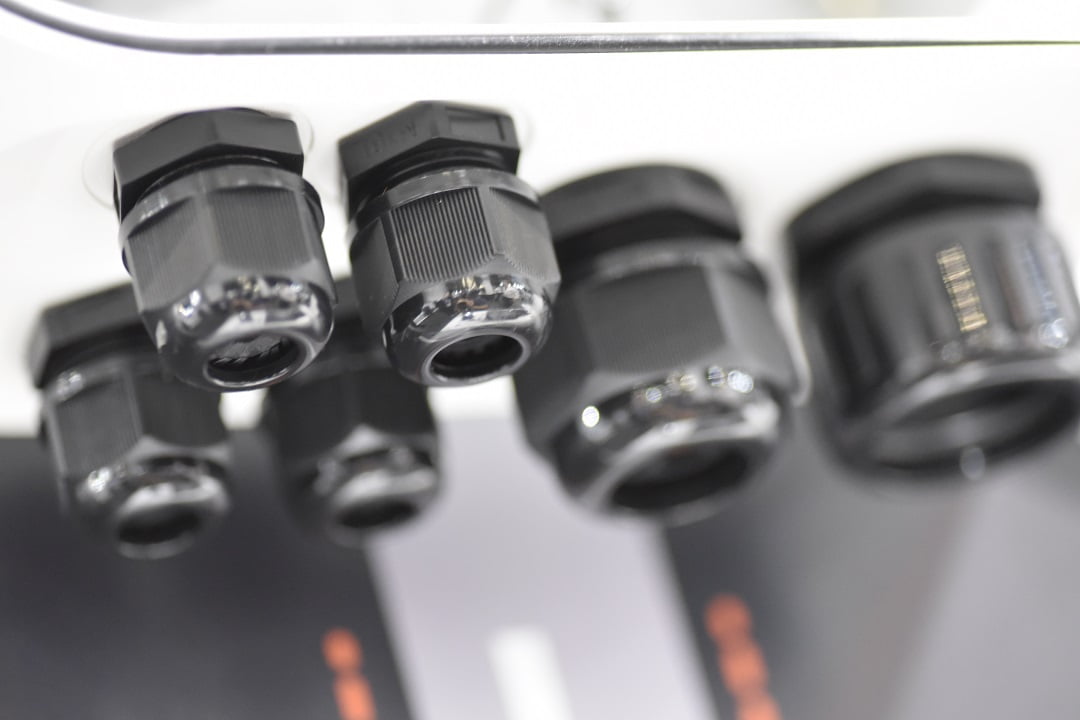
Southern Cross Security showed the Bunda Robot at the show. It’s fair to say that security robots haven’t taken off in Australia. This probably come down to suppliers hitting the right price point because notionally, such solutions have desirable capabilities. Bunda has 360-degree CCTV coverage, face recognition, smoke detection and the ability to build patrol maps using LIDAR laser radar. There’s an integrated emergency call button, audio/lighting alerts and voice alerts. Size is 1370 x 750mm, so the unit has a presence as it bustles arounds at speeds of up to 14kmph controlled and monitored remotely via browser workstation interface or an app for smart devices.
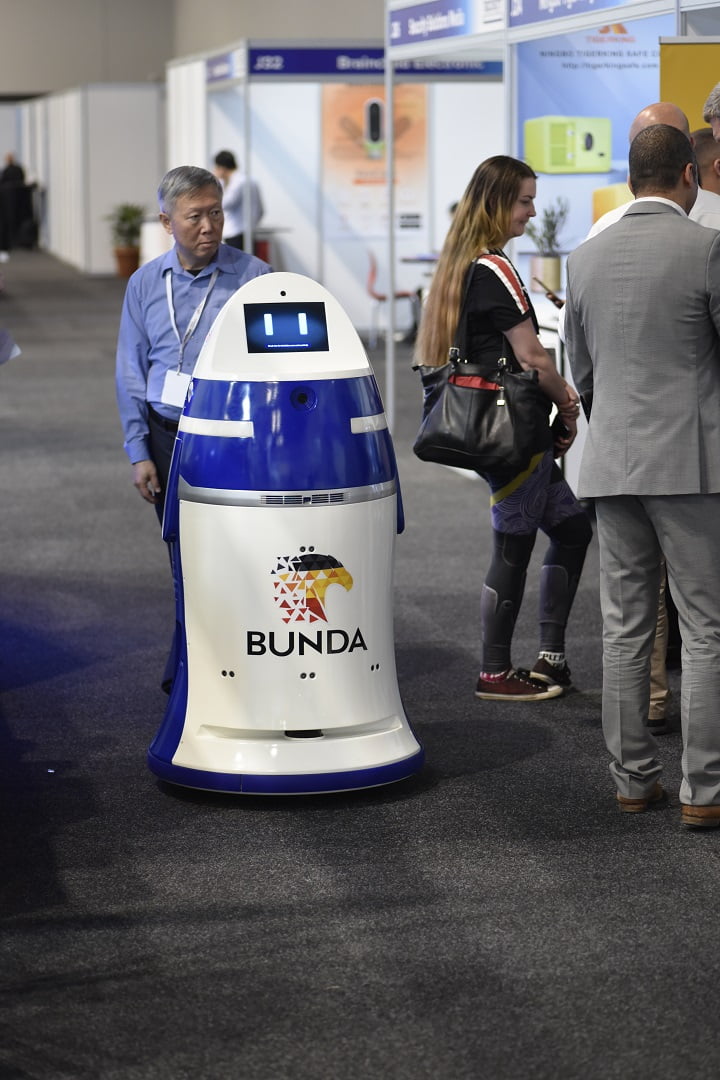
On the FLIR stand I saw Saros DH-390 Dome, which we liked last year. The DH-390 combines multiple perimeter detection and monitoring technologies into a single unit with Lepton thermal sensors and a 1080p optical CCTV camera supported by IR and visible LED illuminators. The unit has onboard analytics, 2-way audio and digital I/Os. The 2 Lepton thermal sensors have sensitivities greater than 50mK, resolutions of 320 x 120 pixels, and 3.5mm lenses giving a field of view of 57 degrees each and minimum stitched fields of view of 90 degrees. FLIR also showed the latest versions of United VMS and the FLIR TruWITNESS platform, as well as PTZ and panoramic security cameras. FLIR has a focus on smart cities, which makes sense, given its strength in thermal and analytics.
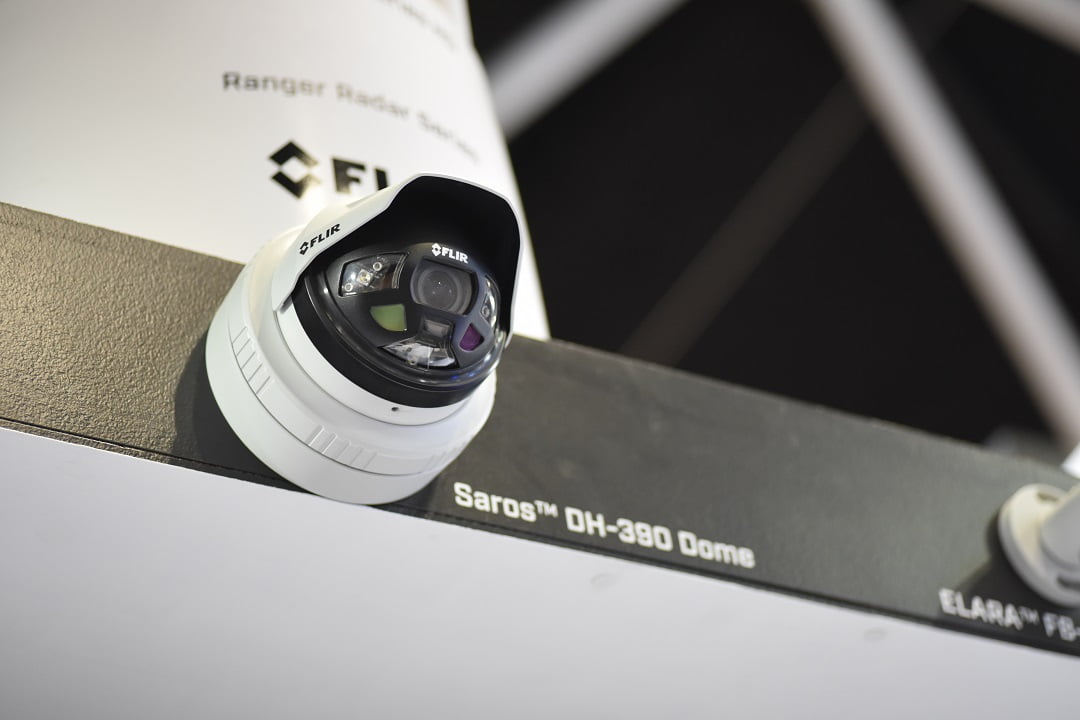
Panasonic’s FacePRO can handle processing of 20 video streams and supports a server database of up to 10 million faces and a watch list database of 30,000 faces. The solution features advanced age and gender reporting, among others. FacePro uses algorithms jointly developed with the National University of Singapore and the company says performance is improved up to 500x, with a rejection rate reduced to 20 per cent when the wrong person acceptance rate is set to 0.01 with the IJB-A face image dataset. The algorithm combines deep learning and machine learning to suppresses errors and enables recognition in situations where the face is angled (up to 45 degrees to the left or right or 30 degrees up or down), partially hidden with sunglasses, or changed by aging.
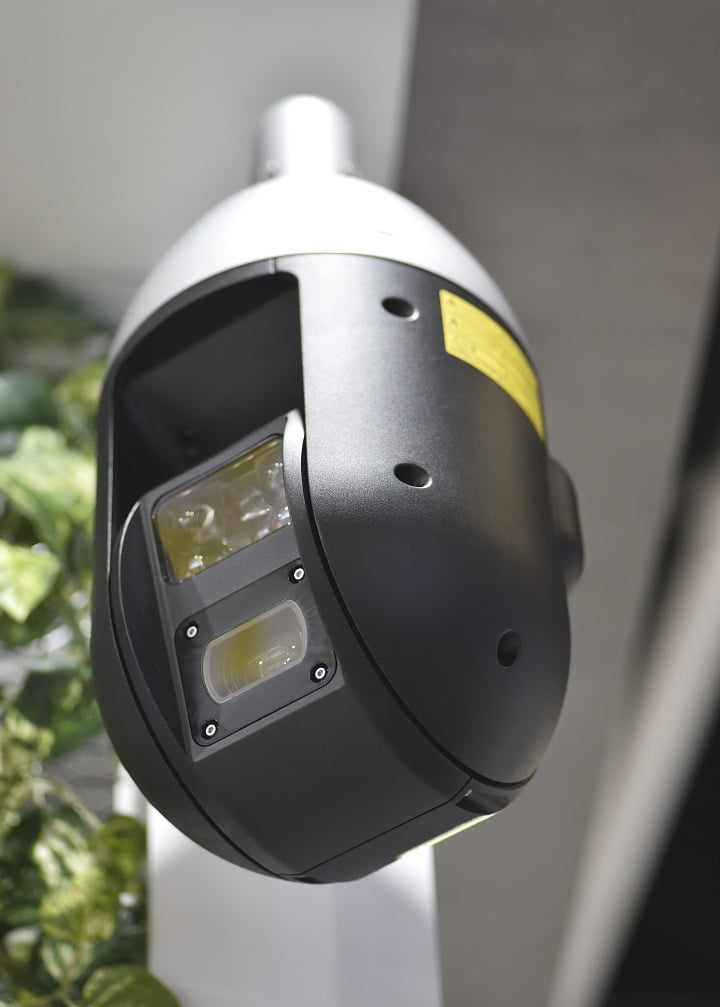
Something else we saw high up on the CSD stand was Hikvision’s 4MP Darkfighter X PTZ, the DS-2DF9C435IH-DLW. Darkfighter X 4MP is bigger than the previous camera – it’s now 36x optical. This latest version features 1/1.9-inch sensors and delivers double the data of the old version, which was an excellent camera in its own right. The spec claims full colour at 0.0005 lux, which is pitch darkness. With a Darkfighter X I’m prepared to say this performance is probably below 1 lux, given the amount of effort the engineers put into rebuilding low light images. The camera has 250x IR with smart tracking, is IP67-rated, has 120dB WDR, H.265 compression and fast focus. There’s also deep learning analytics onboard.
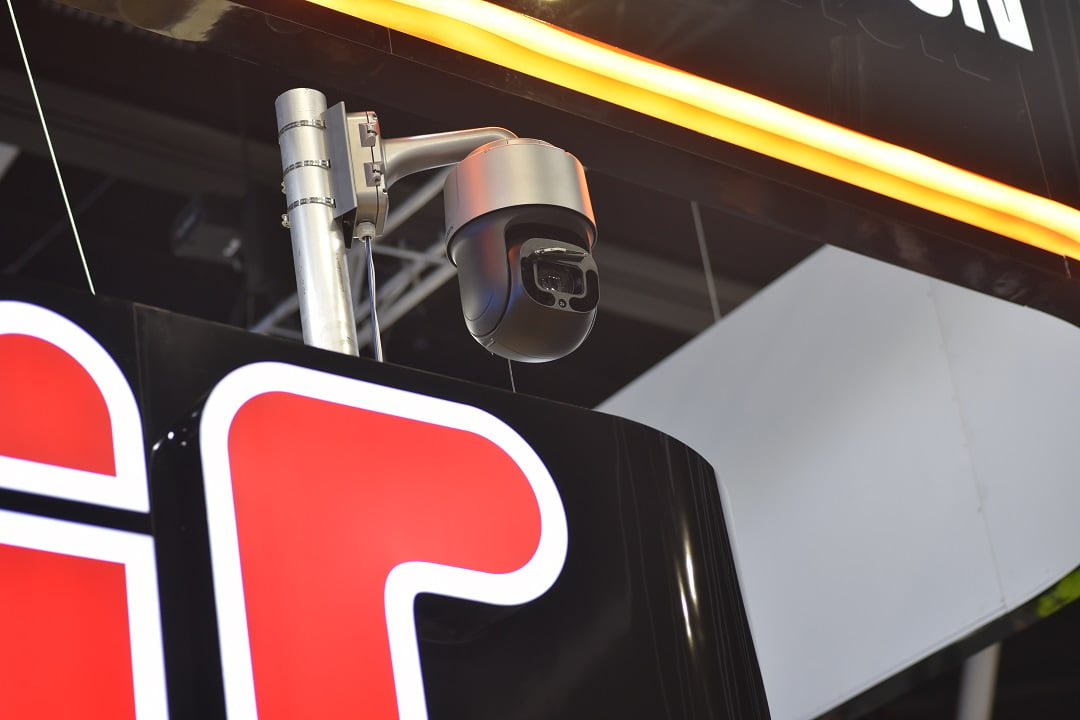
Hikvision showed a bunch of new gear, including a deep learning-powered thermal turret camera and its range of thermal cameras, featuring resolutions of 160 x 120 17µm, a built-in GPU (that’s pretty cool), up to 42m range for detection of people, and a temperature measurement range of -20 to 150C with ±8 degrees of accuracy as well as a NETD of <40mk at 25C. Thermal is great tech and we’re sure it’s going to continue pushing into the wider market as prices become more competitive.
Something else that was interesting at the show was crowd favourite, Nirovision’s Mobile First face recognition solution, which scored best in the mobile apps category in the SIA’s New Product Showcase at ISC West this year. Mobile First is a deep learning algorithm that can do face recognition and object detection and allows functions like person of interest, blacklists, VIPs, employees, fast searching and viewing of video streams via the cloud. The point of Nirovision Mobile First is to make video surveillance pointy in real time to enhance business operations.
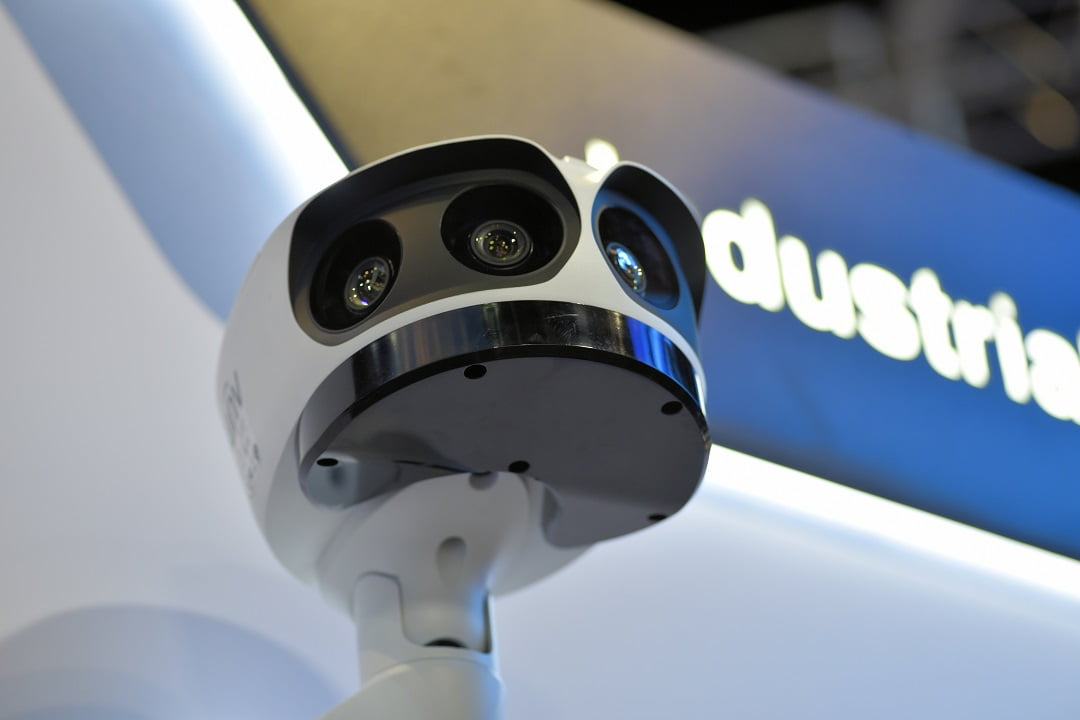
CRK and Uniview launched the IPC8542ER5-DUG Panoramic camera at the show. This 4K, 180-degree wide angle of view camera with 120dB WDR and starlight features. The UNV IPC8542ER5-DUG is specially designed for monitoring large public spaces, parkland, car parks etc. An electronic tracking function can automatically track up to 5 targets which are triggered using rules configured by the user. It can also simultaneously monitor panoramic and detailed views of the same scene.
Sony Video Security showed its new EMX series, including indoor and outdoor cameras – the SNC-EMX50 (Indoor), SNC-EMX50R (Indoor IR) and SNC-EMX52R (Outdoor IR) – which employ a 16:9, 3072 x 1728 5MP Exmor R CMOS sensor, strong WDR performance, IR and edge-based Essential Video Analytics (EVA), smart encoding, including a new H.265 codec (optimising bandwidth and storage), and the latest data security technology via the Trusted Platform Module.
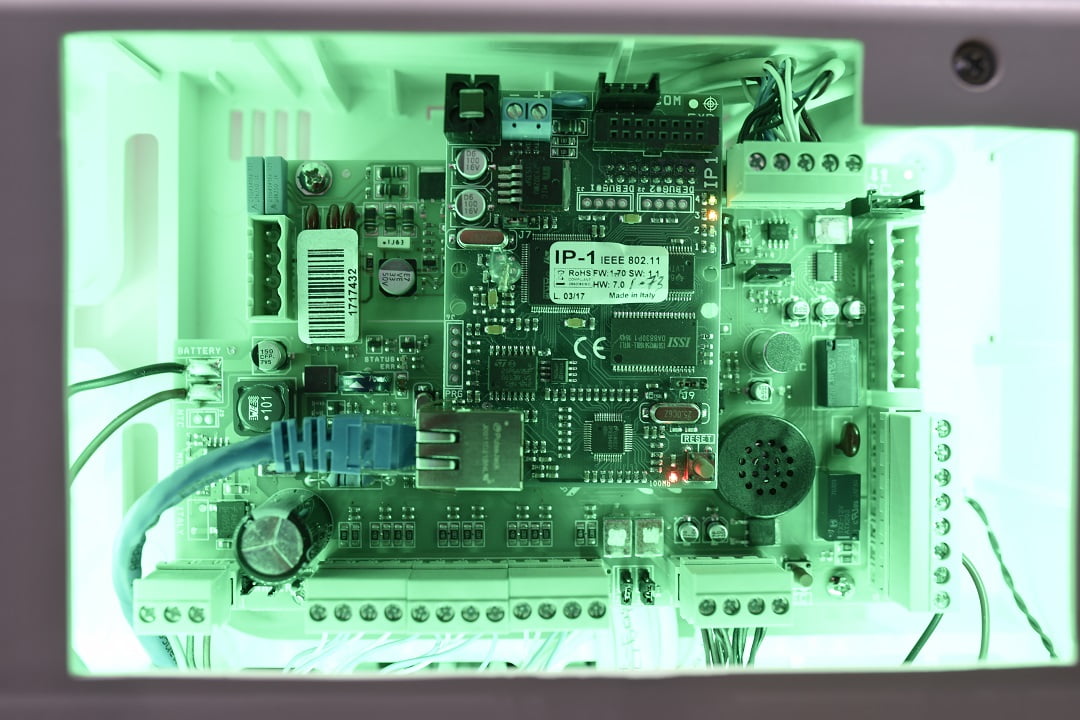
There was a lot going on the Genetec stand but in my opinion the standout release from Genetec for years is Security Center 5.8. This management solution is the hub around which the company’s offerings revolve and recent enhancements have taken things to another level. New dashboards make easier to conceptualise and wield the power of this system. There’s enhanced cyber security, including ratings of a network’s security levels with advice on how to resolve issues. There’s encryption in real time. Plan manager is powerful and intuitive and has those little bits of functionality that show deep study, as well as input from end users. Plan manager has a mobile app and LPR and GPS functionalities are synthesised to allow enhanced situational awareness and faster response times. Synergix IS has also been empowered with the addition of OEM hardware and this is all expressed in SC5.8.
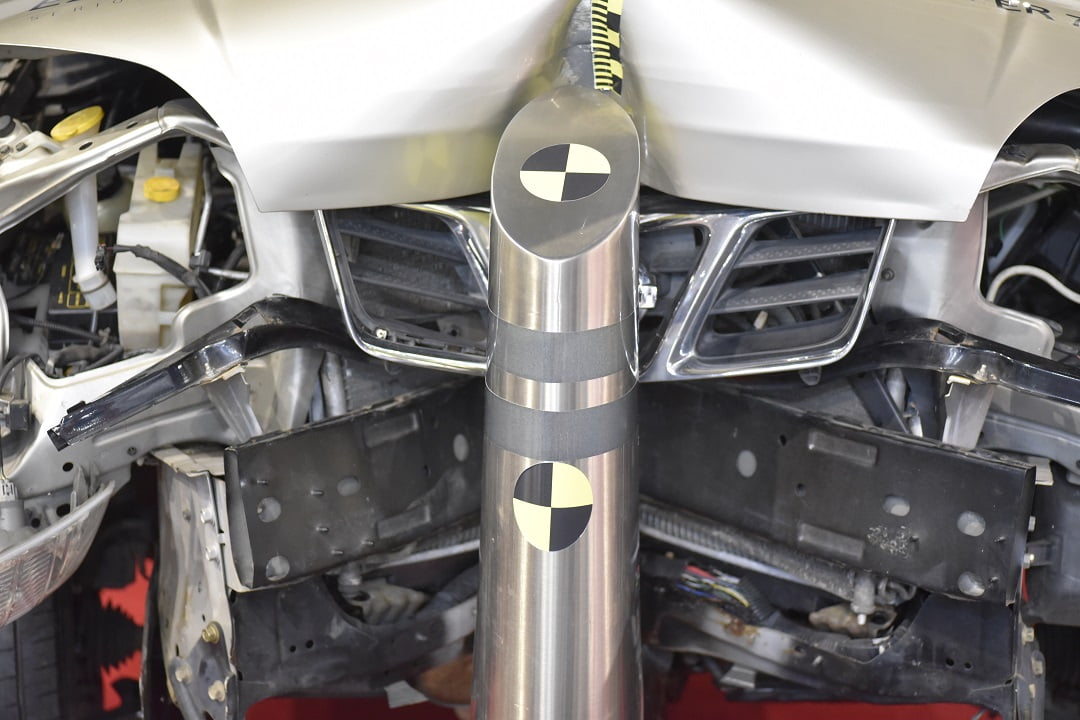
Mobotix showed weatherproof thermal cameras with a dual-core processor which provides 3 video streams simultaneously and supports the H.264/ONVIF standard, making it easy to integrate them with third-party hardware and software. The thermal sensors can measure temperatures ranging from -40°C to +550°C within ±0.2°C (50m K) of accuracy and can be calibrated against environmental interference. Up to 20 different temperature triggers can be defined to detect potential sources of fire and heat. Optionally, combining a thermal and an optical camera sensor enables a thermal overlay, localising so-called hot spots in the image to highlight potential hazards, automatically triggering alarm events and actions.
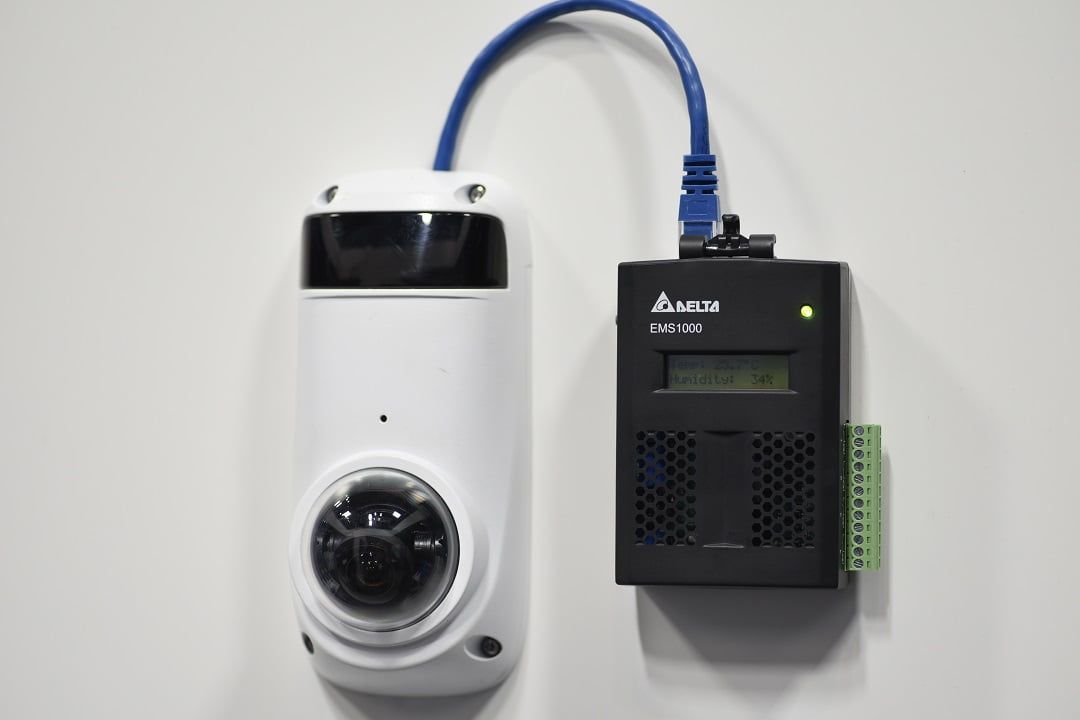
Tyco Visual Intelligence from Johnson Controls is a web-based graphical application and reporting solution built into the C•CURE 9000 SQL database which provides a deep level integration that can be utilized along with the systems current Business Intelligence Reporting Suite (BIRS), or as a standalone reporting solution. It’s designed for users looking to add ROI metrics and key performance indicator (KPI) measurements measurements to their CCTV solutions. There’s an extensive report dashboard that allows visitor management, secure entrances, and report metrics. There’s also a reporting solution suite with a detailed dashboard for monitoring areas such as compliance, risk reduction, and efficiency.
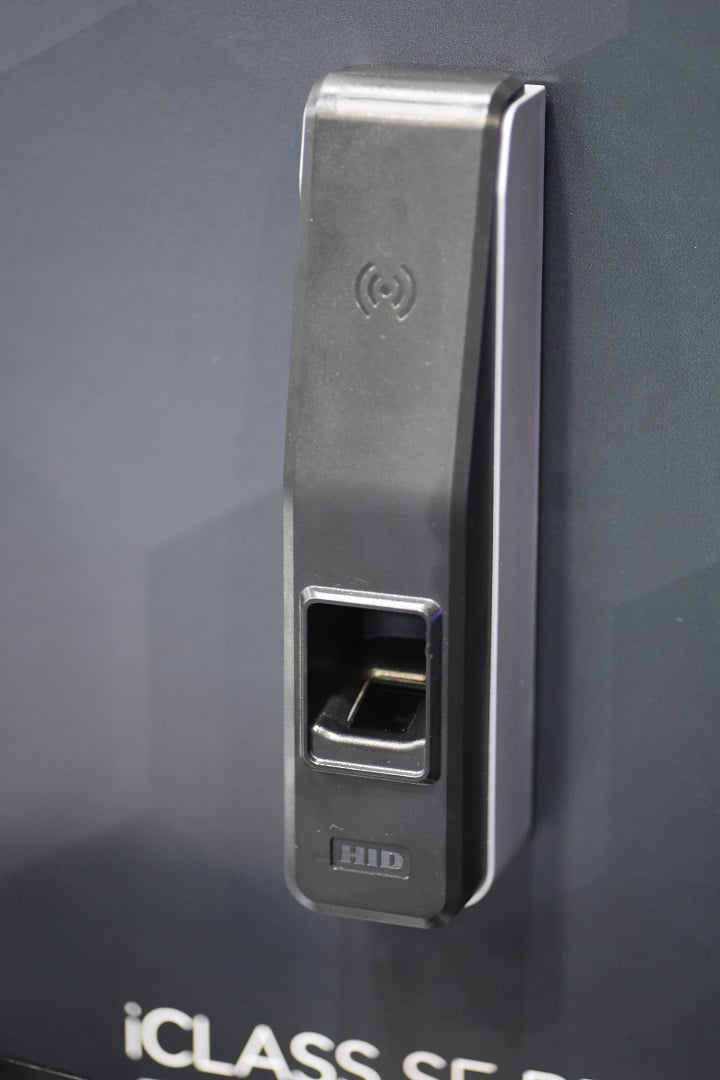
HID’s iCLASS SE RB25F fingerprint reader gives biometric fingerprint matching in under a second using multispectral imaging technology that captures images from both the surface and sub-surface of the skin to handle challenging conditions. The reader’s IP67 and anti-vandal IK09 ratings mean it can be installed anywhere and it’s field-configurable over a network, making things easier still. There’s built-in optical tamper protection, support for Open Supervised Device Protocol (OSDP) and HID Seos technology for multi-layered authentication between the reader and credentials.
Hanwha’s PNM-9000VQ was new at the show. It’ a 4x 2MP/5MP multi-sensor camera with triple codec H.265/H.264/MJPEG and WiseStream II technology, 150dB WDR at 2MP or 120dB at 5MP, defocus detection, built in analytics, 4x SD cards, hallway view, HLC, fog detection, DIS(Gyro Sensor), PoE+, IP66/IK10, and a -40 to 55C operating range.
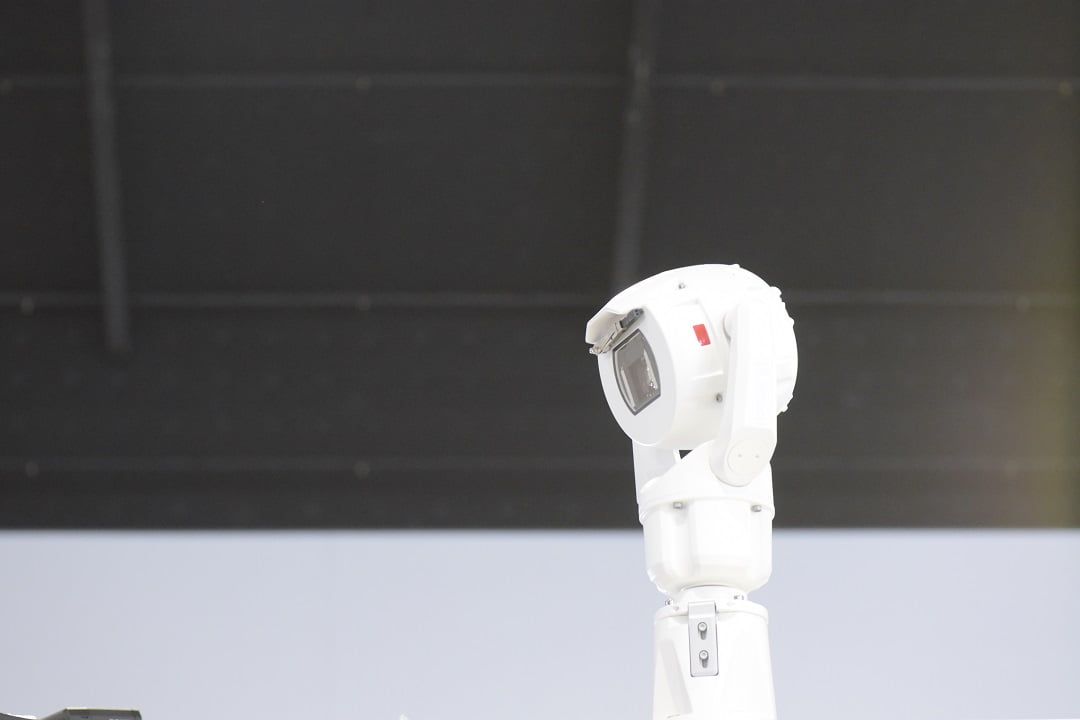
Another great camera release was Bosch’s FLEXIDOME IP starlight 8000i, which comes in 1080p, 6MP or 4K versions with 60ips rates for fast moving scenes, H.265 compression and a design optimised for simplicity of installation and operation. This judgement has the benefit of a recent street test we conducted of the 8000i. It’s a good camera. Bosch also showed the new MIC 7000i PTZ solution, which we’re looking forward to testing soon.
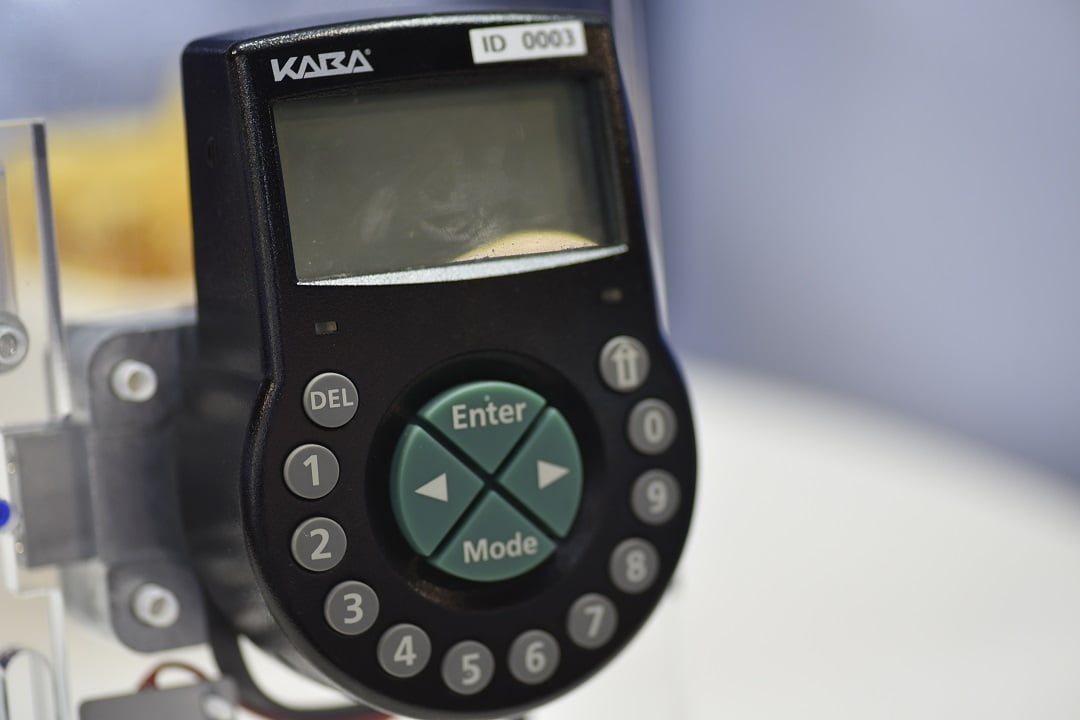
Milestone XProtect 2019 R1 video management software adds a 2-way audio to the mobile client so users can speak to people on camera, directly from their mobile devices. One-way audio allows users to listen to audio captured by the microphone connected to the camera directly from their mobile phones using the Milestone Mobile application. The 2019 R1 version of XProtect takes the system’s resistance against cybersecurity threats a step forward by encrypting all communication between the recording server and other servers and clients connected to it. XProtect is also more tightly integrated to analytics software, like Imagus. We got a look at the latest version of the Imagus face recognition software performance at the show and were impressed with performance at challenging angles of view.
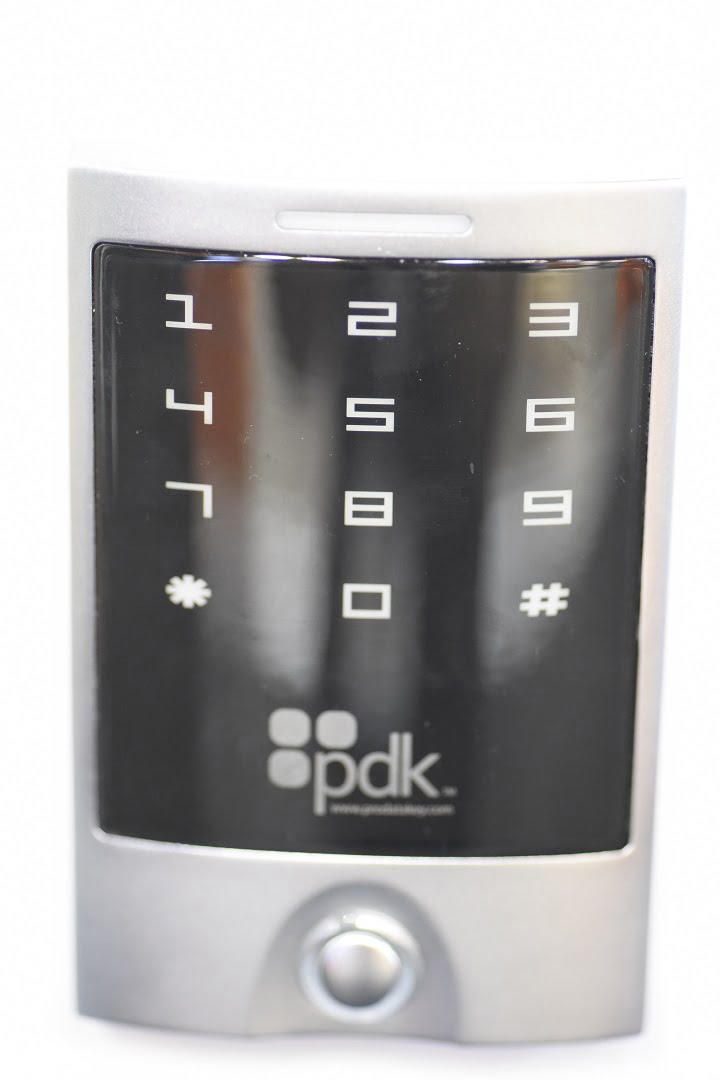
Other things we liked included VSP Cloud (powered by Milestone) and a bunch of new things from CAME Australia, including CloudNode, MyNetAlarm, and the pdkio wireless access control from ProDataKey. It’s a cloud access control platform built for mobile handling of installation, configuration and end-user management. The pdk.io also gives 2-factor authentication for enhanced security. It was a nice collection of gear from CAME.
Conclusion
Solutions we liked this year included Brivo OnAir Pass, Salto SK, AnyVision face recognition, the new Hikvision Darkfighter X PTZ with additional optical zoom, the new fully loaded Genetec Security Center 5.8, Bosch FLEXIDOME IP starlight 8000i, the expanding AMC alarm and automation ecosystem from LSC just gets better all the time, ProDataKey cloud access solution pdk.io, Uniview’s new multihead camera, Idemia’s MorphoWave readers never fail to impress, the Bosch MIC 7000i camera system and Tecom ChallengerPlus from Interlogix and Hills. Trying to nail down a favourite new product isn’t easy in 2019. At press time I’m leaning towards the situational awareness, the enhanced manageability and the partnerships of Genetec Security Center 5.8.
#securityelecrtronicsandnetworks.com












